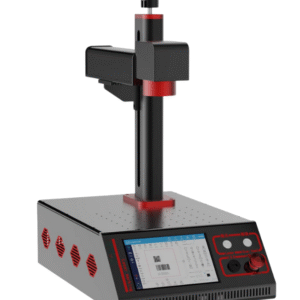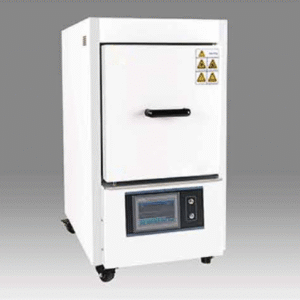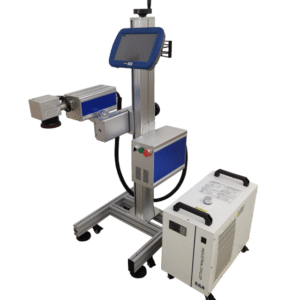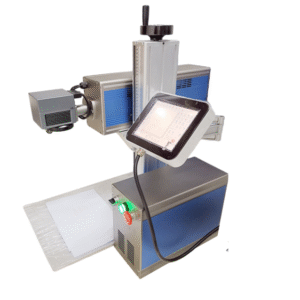Description
The battery winding process involves sequentially winding slit positive electrode sheets, separators, and negative electrode sheets around a fixed mandrel to form cylindrical, elliptical, or prismatic cells, which are then housed in metal casings.
Product Overview
This machine is designed for prismatic lithium battery winding applications. It features:
- Separator roll feeding
- Manual sheet loading with automatic film pulling
- Insertable mandrel with trapezoidal interlocking design
- Adjustable cell width within a specified range
- Compact structure with user-friendly operation and maintenance
Key Features
- Single vertical plate structure with adjustable passive tension control for separator feeding
- Higher efficiency and better alignment compared to manual winding, suitable for diverse lab-scale cylindrical battery production
- Sheet feeding system with guide plates and vacuum-assisted positioning during winding
- Flexible cell dimensions:
- Length adjustment (30-100mm) via fixture modification
- Width adjustment (±10mm) via mandrel adaptation (larger changes require mandrel replacement)
- PLC control with touchscreen interface for parameter setting and step-by-step operation recall
- Interlocking trapezoidal mandrel with auto-retract function and configurable winding speed
- Optional automatic tape applicator for tab sealing
Technical Specifications
| Winding Method | Roll separator + sheet electrodes |
| Cell Dimensions | Width: 30-80mm; Length: 30-100mm; Max thickness: 10mm |
| Alignment Precision | ≤0.5mm deviation |
| Guide Channel Length | 1200mm (accommodates longer sheets) |
| Film Cutting | Automatic |
| Mandrel Type | Interlocking trapezoidal (standard 60mm width) |
| Winding Speed | Max 300 RPM (adjustable via touchscreen) |
| Separator Roll Size | Max Ø250mm |
| Power Supply | 220V±10%, 1kW |
| Air Pressure | 0.5-0.8MPa compressed air |
Precision winding (≤0.5mm misalignment) ensures consistent cell geometry
Adaptable tooling supports R&D prototyping and small-batch production
Vacuum-assisted handling minimizes electrode damage






Reviews
There are no reviews yet.